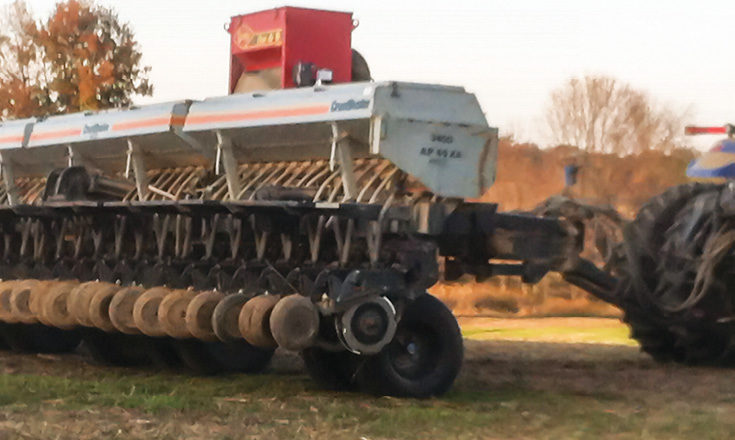No-Till Farmer
Get full access NOW to the most comprehensive, powerful and easy-to-use online resource for no-tillage practices. Just one good idea will pay for your subscription hundreds of times over.

NAME: Ralph Upton Jr.
LOCATION: Springerton, Ill.
YEARS NO-TILLING: 23
ACRES: 1,800
CROPS: Corn, soybeans and winter wheat
I’ve planted almost every cover crop imaginable on my acres in the last decade, but cover crops certainly aren’t a new or novel thing to me. My family has been using cover crops for more than 50 years. What’s changed over the years is how we use them, and what we know about what they can do for us.
One of the things that changed our cover-crop strategy was when we started no-tilling in the early 1990s. Up to that point, we were regularly tilling the ground. When a 2- or 4-inch rain would come through, the hillsides would wash and create large gullies in our fields. We had to do something to put a stop to that, and no-till seemed to be the answer.
As I’ve worked on my no-till and cover-crop systems, I’ve seen my soil organic matter increase from 0.81% to 3% to 3.5%. Water infiltration has improved, erosion has come to a halt, inputs have been reduced, crop roots are stretching far into the soil profile and yields have risen.
It’s taken a lot of trial and error to make everything come together, and we’re still working on it. But no-till and cover crops have made a huge difference on our farm.
I remember my uncle using cover crops on our farm well before I started farming in 1964. They weren’t really…